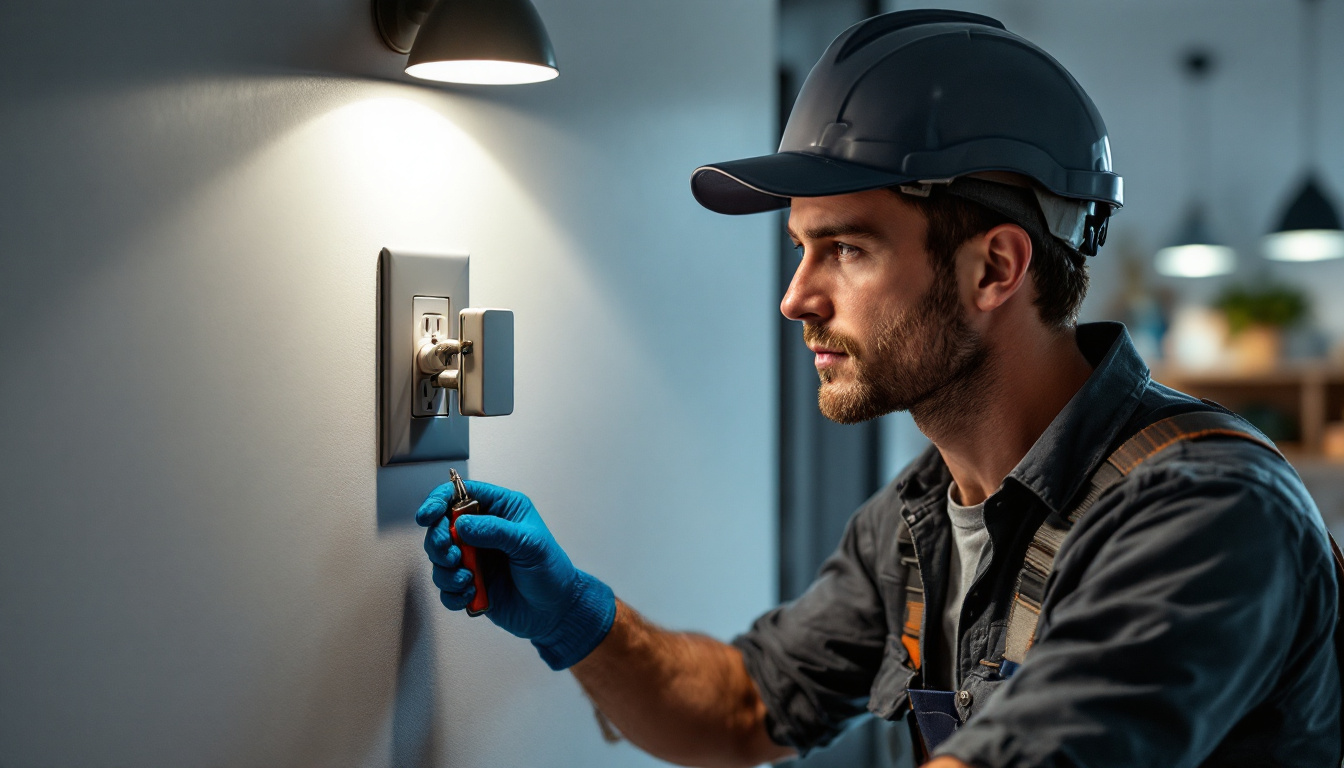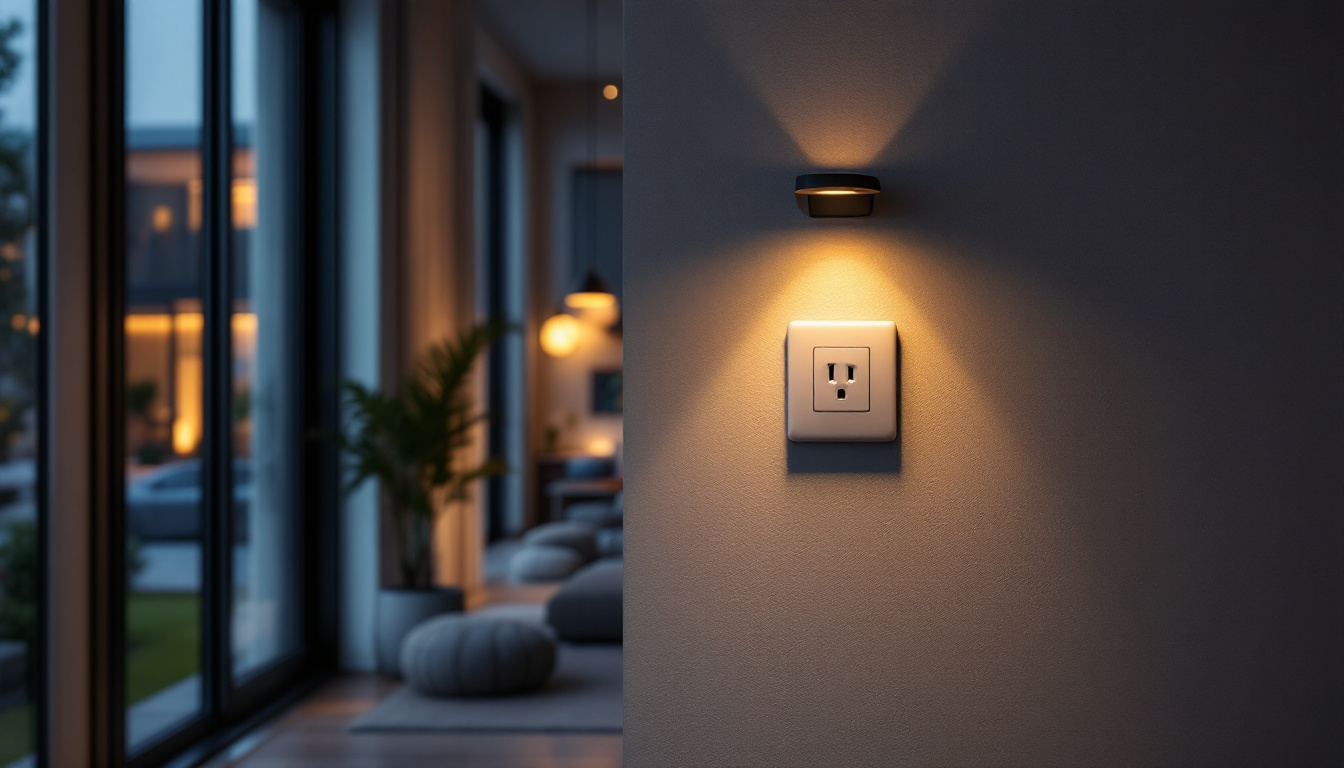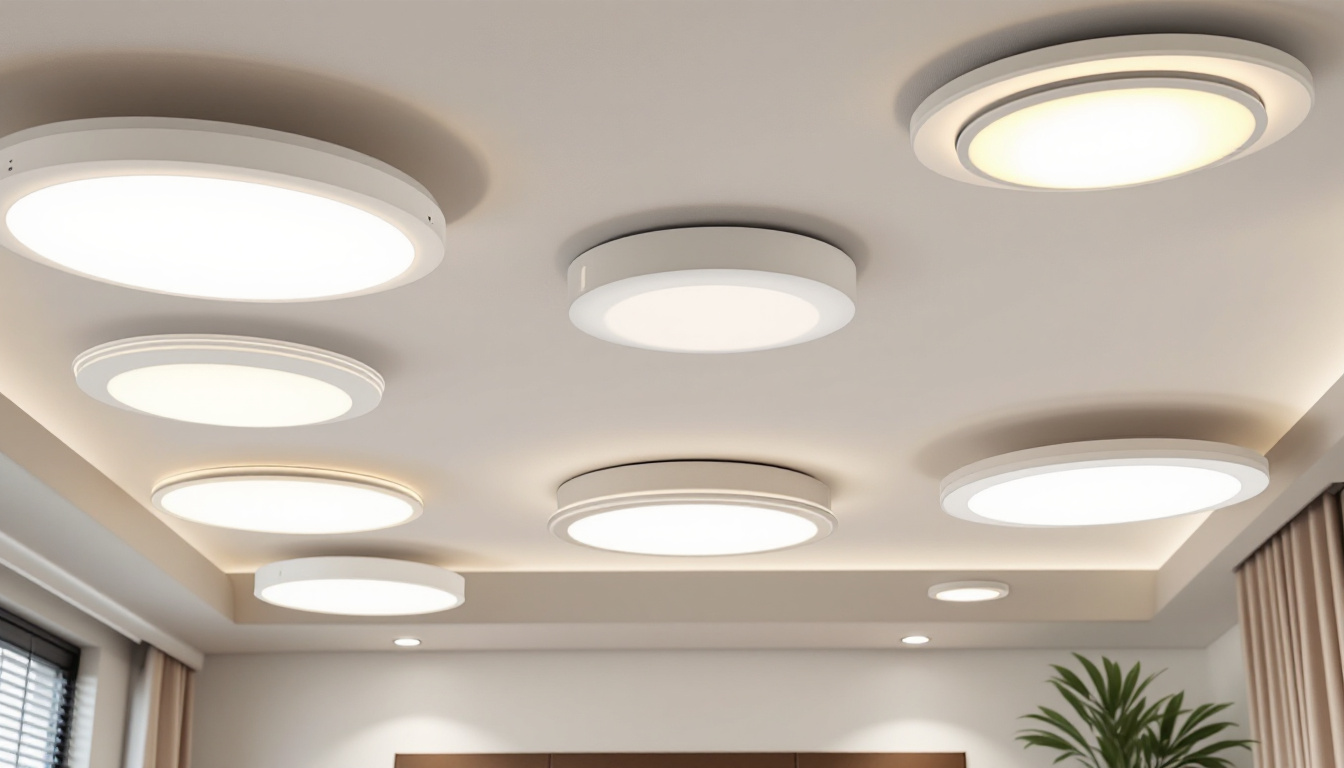

For lighting contractors, understanding electrical wall outlets is essential for successful project execution. These outlets are the gateways through which power flows into lighting fixtures, and their proper installation and maintenance can significantly impact the efficiency and safety of any lighting system. This guide delves into the various aspects of electrical wall outlets, from types and installation techniques to safety standards and troubleshooting tips.
Electrical wall outlets, also known as receptacles, are devices installed in walls to provide access to electrical power. They come in various types and configurations, each designed to meet specific needs and applications. Familiarity with these different types is crucial for lighting contractors, as it allows for informed decisions during installation and upgrades.
There are several types of electrical wall outlets, each serving unique purposes. The most common types include standard duplex outlets, GFCI outlets, and AFCI outlets. Understanding the differences between these types is essential for ensuring safety and compliance with electrical codes.
Standard duplex outlets are the most frequently used type of outlet in residential and commercial settings. They feature two receptacles, allowing for the connection of multiple devices. These outlets are typically rated for 15 or 20 amps and are suitable for most lighting applications. In addition to their basic functionality, duplex outlets can also come with built-in USB ports, providing a convenient solution for charging mobile devices without the need for additional adapters. This modern enhancement reflects the growing reliance on technology and the need for accessible power sources in our daily lives.
GFCI outlets are designed to protect against electrical shock by quickly shutting off power if a ground fault is detected. They are essential in areas where water is present, such as kitchens, bathrooms, and outdoor spaces. Lighting contractors must ensure that GFCI outlets are installed in these high-risk areas to comply with safety regulations. Furthermore, GFCI outlets often come with a reset button, allowing users to restore power after a trip, which can be particularly useful in maintaining convenience in busy environments. Regular testing of GFCI outlets is also recommended to ensure they are functioning correctly, as this can significantly reduce the risk of electrical hazards.
AFCI outlets are designed to prevent electrical fires by detecting arc faults, which can occur due to damaged wiring or faulty appliances. These outlets are particularly important in living areas and bedrooms, where the risk of fire is higher. Lighting contractors should consider using AFCI outlets in residential projects to enhance safety. In addition to their protective features, AFCI outlets may also include advanced technology that can differentiate between harmless and dangerous arcs, minimizing unnecessary power interruptions. This capability not only enhances safety but also contributes to the overall reliability of the electrical system, which is vital for homeowners who depend on consistent power for their daily activities.
Proper installation of electrical wall outlets is crucial for ensuring safety and functionality. Lighting contractors must follow best practices and adhere to local electrical codes to avoid potential hazards. This section outlines essential installation techniques that can help achieve optimal results.
Before beginning the installation process, it is essential to gather the necessary tools and materials. Common tools include a voltage tester, screwdriver, wire stripper, and pliers. Additionally, contractors should have the appropriate outlets, electrical boxes, and wiring on hand. Having everything prepared in advance can streamline the installation process. It’s also beneficial to have a flashlight on hand, especially if you are working in dimly lit areas, as well as a multimeter for checking voltage levels and ensuring that everything is functioning correctly.
The installation of electrical wall outlets generally follows a systematic approach. First, ensure that the power is turned off at the circuit breaker to prevent electrical shock. Next, use a voltage tester to confirm that the outlet is de-energized.
Once it is safe to proceed, remove the existing outlet, if applicable, by unscrewing it from the electrical box. Carefully disconnect the wires, taking note of their configuration for reinstallation. Then, prepare the new outlet by connecting the wires to the appropriate terminals, ensuring that the connections are secure. It’s important to remember that the ground wire should always be connected first to minimize the risk of shock during installation.
After connecting the wires, gently push the outlet back into the electrical box and secure it with screws. Finally, attach the faceplate and restore power at the circuit breaker. Test the outlet with a voltage tester to ensure proper functionality. In addition to testing with a voltage tester, it’s wise to plug in a device to check if the outlet is functioning as expected, providing an extra layer of assurance that the installation was successful.
Even experienced contractors can make mistakes during installation. Common pitfalls include improper wire connections, neglecting to use a voltage tester, and failing to secure outlets adequately. To avoid these issues, take the time to double-check connections and ensure that all safety protocols are followed. Another common mistake is overlooking the importance of using the correct type of outlet for the specific application; for instance, GFCI outlets are essential in areas prone to moisture, such as kitchens and bathrooms, to prevent electrical shock hazards.
Moreover, it’s crucial to consider the placement of outlets in relation to furniture and appliances. Outlets should be positioned to minimize the use of extension cords, which can pose safety risks. Planning the layout of outlets before installation can enhance the overall functionality of the space and ensure that power sources are conveniently located for everyday use. By being mindful of these details, contractors can contribute to a safer and more efficient electrical system in any environment.
Electrical safety is paramount in any lighting project. Adhering to safety standards and regulations is not only a legal requirement but also a moral obligation to protect clients and their properties. This section highlights key safety standards that lighting contractors should be aware of.
The National Electrical Code (NEC) sets the standard for safe electrical installation practices in the United States. It outlines requirements for wiring, outlets, and other electrical components to ensure safety and minimize risks. Lighting contractors must familiarize themselves with the NEC guidelines relevant to outlet installation and maintenance.
In addition to the NEC, local building codes may impose specific requirements for electrical installations. These codes can vary significantly from one jurisdiction to another, so it is essential for contractors to consult local regulations before beginning any project. Compliance with both NEC and local codes helps to ensure that installations are safe and legal.
Proper grounding is critical for electrical safety. Grounding provides a path for electrical current to return safely to the ground in the event of a fault. This helps to prevent electrical shock and equipment damage. Lighting contractors should ensure that all outlets are correctly grounded according to NEC and local code requirements.
Even with proper installation, issues can arise with electrical wall outlets. Knowing how to troubleshoot common problems can save time and enhance client satisfaction. This section covers some typical issues and their potential solutions.
Common problems with electrical wall outlets include outlets that do not work, tripped circuit breakers, and outlets that feel warm to the touch. Identifying the root cause of these issues is essential for effective troubleshooting. For example, a non-working outlet may be due to a tripped breaker, a blown fuse, or faulty wiring.
Testing outlets is a crucial step in troubleshooting. Using a voltage tester can help determine whether an outlet is receiving power. If the outlet is dead, checking the circuit breaker and fuses is the next logical step. If the circuit is intact, further investigation into the wiring may be necessary.
While many issues can be resolved through troubleshooting, some situations may require the expertise of a licensed electrician. If there are signs of burning, unusual noises, or persistent problems, it is best to consult a professional. Safety should always be the priority, and when in doubt, seeking help can prevent accidents.
The electrical industry is continually evolving, and new technologies are emerging that can impact the design and functionality of electrical wall outlets. Staying informed about these trends can help lighting contractors remain competitive and offer innovative solutions to their clients.
Smart outlets are becoming increasingly popular in residential and commercial spaces. These outlets can be controlled remotely via smartphones or home automation systems, allowing users to manage their lighting and devices more efficiently. Lighting contractors should consider incorporating smart outlets into their projects to meet the growing demand for smart home technology.
USB charging outlets are another trend gaining traction. These outlets feature built-in USB ports, allowing users to charge devices without needing a separate adapter. Installing USB charging outlets can enhance convenience and appeal to tech-savvy clients looking for modern solutions.
As energy efficiency becomes a priority for many consumers, energy-efficient outlets are gaining attention. These outlets can help reduce energy consumption by controlling power flow to devices and minimizing standby power usage. Incorporating energy-efficient options into lighting designs can not only benefit clients but also contribute to sustainability efforts.
Electrical wall outlets are a fundamental component of any lighting installation. Understanding their types, installation techniques, safety standards, and troubleshooting methods is essential for lighting contractors aiming to deliver high-quality work. By staying informed about emerging trends and technologies, contractors can enhance their services and meet the evolving needs of their clients.
Ultimately, a commitment to safety, compliance, and innovation will ensure that lighting contractors remain at the forefront of the industry. As the demand for advanced lighting solutions continues to grow, so too will the importance of mastering the intricacies of electrical wall outlets.
Ready to elevate your lighting projects with the highest quality electrical wall outlets and lighting accessories? Look no further than LumenWholesale, where we offer spec-grade lighting products at unbeatable wholesale prices. Say goodbye to local distributor markups and hello to our extensive selection that meets rigorous industry standards. With LumenWholesale, you’ll enjoy the convenience of bulk buying with free shipping, ensuring you get the best value without any hidden fees. Make your next project shine by choosing Wholesale Lighting at the Best Value with LumenWholesale.

Discover essential techniques and innovative strategies for lighting contractors in “Striplight: Proven Methods for Lighting Contractors.” This article delves into the latest industry trends, offering practical insights and expert tips to enhance your projects and illuminate your path to success..

Discover how motion sensor outlets can revolutionize lighting installations by enhancing energy efficiency and reducing costs.

Explore the pros and cons of false ceiling light covers versus alternative options in this insightful guide tailored for lighting contractors.

Discover the common pitfalls lighting contractors face when installing outdoor hanging lights for porches.
Get notified when NEW deals are released.
Optimize your budget with wholesale discounts.
Only top-quality, specification-grade lighting products.
No additional costs at checkout - what you see is what you pay.
We understand the unique needs of contractors.